CASE STUDY
Nexus Threat Explorer (NTX)
A threat network tracing tool designed to work in tandem with Targeted Attack Protection or (TAP) that required fast turnaround design system solution.
CLIENT/EMPLOYER
Proofpoint
TIMEFRAME
September 2017 — March 2019
ROLE — SR. UX DESIGNER
UX Research, Product Thinking, Interaction Design, Visual Design, Concepting, Prototyping
TOOLS USED
Sketch, Adobe Illustrator, InVision
Overview
ABOUT THE PROJECT
Proofpoint, being an information security company, was looking to broaden its product suite with a comprehensive and elegant tool that visualized the structure of an attack on our customers’ infrastructure. This came in the form of this project, Nexus Threat Explorer (NTX).
TEAM
1 Designer & 2-3 Engineers
THE PROBLEM
We needed a way to visualize how a threat would propagate across a customer’s network. During discovery, it was apparent there were very few examples of this use case, that were public at least. As network attacks can be very complex and have many relationships, it required significant ideation. The objectives were to reduce the number of missed threats and make attack remediation a frictionless process.
Additionally, the keystone product, Targeted Attack Protection (TAP), did not have a meaningfully useful or scalable way to reuse that product’s components.
To add insult to injury we had to spin this up and treat it like a startup with an initial working prototype within the first 3-6 months.

The challenge
Create a new product out of whole cloth without an established set of components and patterns to draw from.
FIND THE SOURCE
One of the very first things the engineering team did is evaluate what we had in the TAP codebase. When evaluating together, we noted numerous accessibility and scalability issues that would make the current UI codebase impossible to use.
It came down to using a pre-existing open source solution. We evaluated a number of systems including IBM Carbon and the US Government’s Design System but eventually landed on Material Design 2.0
The decision was based on the need for simplicity and ease-of-use. Material was the most flushed out system at the time with plenty of accessibility and usability features and with an aesthetic that could be both data rich and approachable.
The ouroboros of design
Once we had our visual direction and design system selected, it was time to ideate. Some initial designs only showed a fixed node diagram alongside some generalized insights. We knew we wanted to go bigger eventually, but we needed to validate the idea first.
This initial design was based on using TAP as the mechanism through which users would get their insights. After a number of interviews, our feedback was to, as one customer put it, “go big or go home” (paraphrased).
This led us to discuss timing for the first prototype with the VP and after listening to some interview recordings he gave us another week to ideate. Up to this point, we had been working not only on concepts and prototyping in code, but also feeling our way through using Material which, in and of itself, had a pretty big learning curve.
After that week was up, we put a simplified high-fidelity prototype in front of a few key customers, and they were blown away. We kept getting asked when this would be released. This is when we put the pedal to the metal.
As the project progressed towards beta, over the next year, we added more and more use cases and features, validating with customers with each major iteration like Related Indicators of Compromise (IOCs), Compromised Users and the Saved Graph Dashboard.
As part of this effort we were also able to get some customers into the product in order to help us get to beta.
Outcomes & learnings
Our team’s first foray into a startup-like experience was successful in that we were able to ideate and produce a product that customers were vocal in wanting. We had a relatively short amount of time (~3 months to first alpha) to do so.
As a side effect of our work with Material, we were able to get the ball rolling with other business units. At the time, we were aiming to have them look into the feasibility of migrating their tooling to use our implementation of Material.
42% fewer threats
THREATS MITIGATION
These numbers are approximations based on our metrics at the time using New Relic.
DOWN TO ~5 MINS from 35-40
TIME TO REMEDIATE
OUR SUCCESSES
Improved customer threat awareness.
Showed the value of quick-to-market tools like open source design systems.
